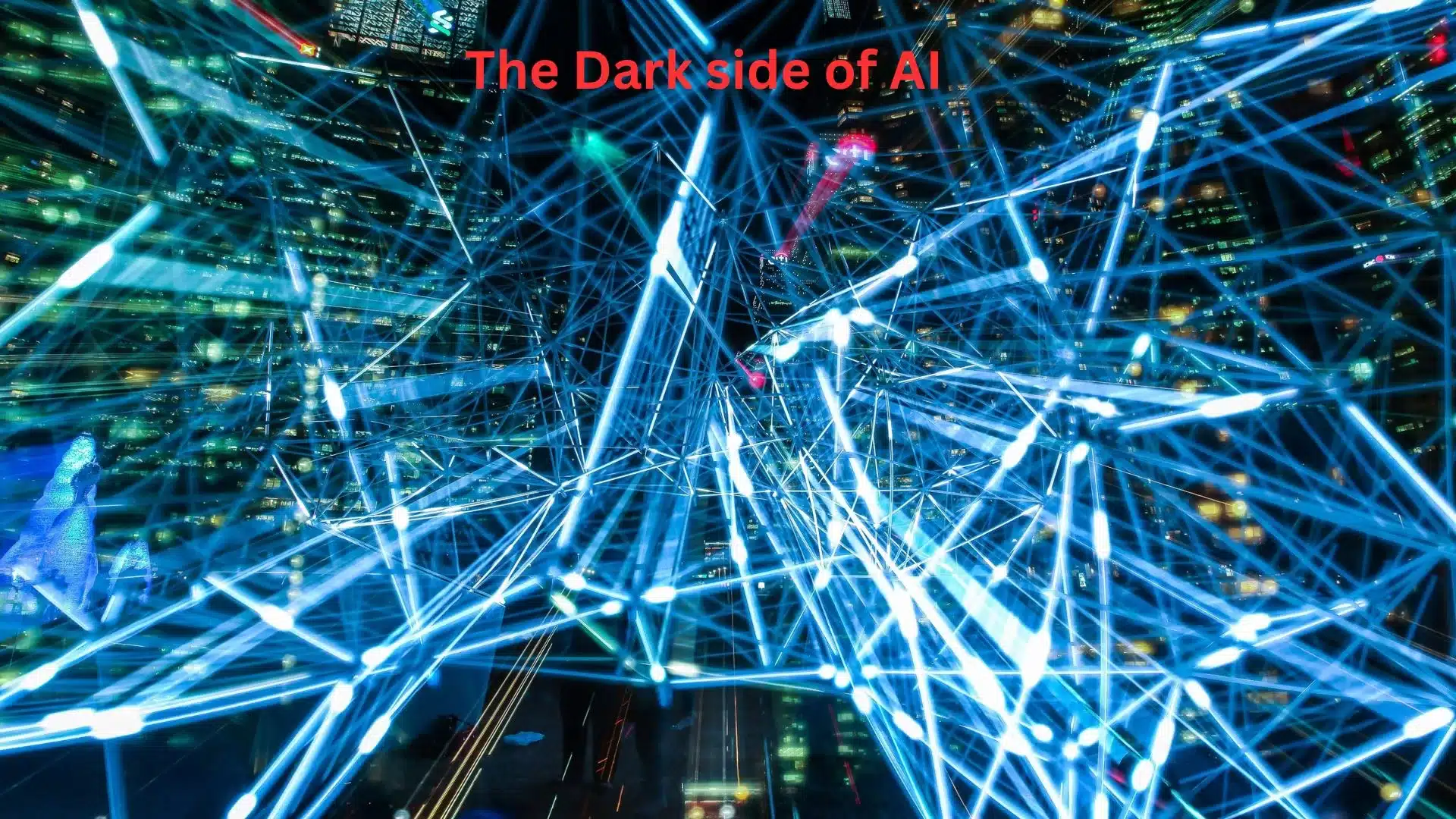Revolutionary: AI-powered fuel station in Dubai and Abu Dhabi
The UAE’s largest fuel and convenience retailer introduced the ADNOC Fill & Go station to became the region’s first fuel distribution to introduce AI technology at its service stations. The AI solution utilizes the latest innovations in computer vision technologies, comprising machine learning models allowing computers to recognize vehicles and respond by offering a hyper-personalized fueling experience.

Once a vehicle is registered on the ADNOC distribution app, customers can simply enter on an ADNOC station that supports the new service, where the smart cameras will start identifying automatically the vehicle. At the pump, according to the customer’s stored data, AI technology automatically initiate the refueling process based on the preferred fuel and spending amount, which offer a faster and effortless refueling experience.
Customers are informed by a digital screen when the fueling is completed and are also encouraged to take advantage of personalized offers in ADNOC Oasis stores.
ADNOC Distribution is known for its advanced technology and innovative solutions in the fuel distribution industry. One of the technologies they have implemented is the use of Automatic Number Plate Recognition (ANPR) systems at their fuel stations. These systems can recognize the license plate of a vehicle and link it to the ADNOC Wallet, a mobile app that enables customers to pay for fuel and other services at ADNOC stations.
ADNOC Distribution has launched the ADNOC Fill & Go service at three of its flagship service stations, on Sheikh Zayed Road in Dubai, Abu Dhabi’s Corniche Road and Al Khalidiya.
AI- technology allows for a more convenient and streamlined fueling experience for customers, as they can pay for fuel without leaving their vehicle or having to use cash or a card. However, it’s important to note that this technology does not track or store any personal information about the driver or their vehicle.
AI-powered fuel stations are becoming increasingly common around the world, with many companies exploring the use of advanced technologies to improve the fueling experience for customers.
Some of the ways AI can be used in gas stations include:
- AI-technology can be used to predict when equipment in the fuel station, such as pumps and tanks, may require maintenance, reducing the risk of downtime and improving the overall efficiency of the station.
- AI-powered digital sign can display targeted advertisements and promotions based on customer data, such as purchase history and statistics.
- AI can be used to analyze customer data to identify patterns and trends, allowing fuel stations to better understand their customers’ needs and preferences.
- AI-powered kiosks can let customers to order food and drinks or make other purchases, amplify the overall customer experience.
Overall, the use of AI in gas stations can lead to a more efficient and convenient fueling experience for customers, while also improving the operations of the fuel station itself. Thanks to its AI-powered system, the fuel station operates with impressive efficiency, allowing customers to quickly and seamlessly refuel their vehicles and get back on the road.
AI technology is getting very popular but it is important to recognize both the benefits and potential drawbacks of this technology. As the benefits of AI are numerous and can greatly amplify its efficiency and convenience, it is also important to consider the potential risks and unexpected consequences that may arise.
Artificial intelligence has the potential to make significant changes and improvements to our society, including Healthcare, Finance, Transportation, Fuel station, Retail and E-commerce, Entertainment etc. But, at the same time AI has some downsides and challenges that need to be conveyed, including requirements of lot of electricity, huge amount of global-warming carbon emissions, job displacement, data privacy, safety and security risks.
AI models are getting larger in many cases and companies are also regularly working on the improvements that can make them run more efficiently. Microsoft, Google and Amazon, the biggest U.S. companies have carbon negative or neutral pledges. These companies have pledges to be carbon negative by and between 2030 to 2040. These companies are also encouraging other companies to commit to achieving net-zero emissions by 2040. These net-zero pledges and commitments form major AI companies demonstrate a growing awareness of the environmental impact of AI and a commitment to finding a sustainable solution that will enable us to benefit from the progressive or advanced technology. The article about “ The Dark side of AI “can provide valuable awareness into the potential risks and unexpected consequences of this technology.

AI has some downsides and challenges that need to be conveyed, including job displacement, data privacy, safety and security risks. The mass development of AI also raises ethical questions about how we are using and regulating these technologies that need to be addressed.
The article about “The Dark side of AI” is not intended to discourage the use of AI, but rather to provide a balanced viewpoint that takes both the benefits and risks into account. It is essential to acknowledge both the benefits and challenges of AI and it requires the collaboration between policymakers, industry experts and researchers to ensure that “AI” is developed and used in a responsible, ethical and transparent manner.
1 thought on “AI-powered fuel station”